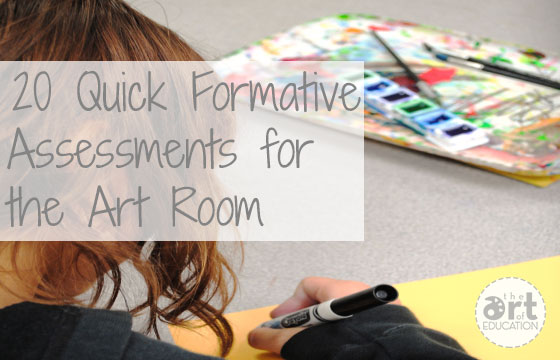Why I like Artsonia! I have been using Artsonia for the past 6 years and I use it more and more. This year I have my students upload their own art work and write artist statements in the iPad. All they need to do is scan the QR code generated by Artsonia then follow simple steps that are color coded. So even my Kindergarten students can do this.
Tuesday, December 24, 2013
Wednesday, October 30, 2013
Autism and the Arts
Autism and arts
Kennedy center for students with disability training for educators with the VSA information and reflections from summer workshops.
Most usual characteristics for students with Autism and behavioral issues.
Teachers feel like its trial and error with teaching students with autism due to range of characteristics
people first language
- visual learner thus is why teaching through the arts is successful
- not social with people they push away
- use peripheral vision not direct
- no fear, they don't calculate the danger and are runners
- not really creative, but are at the same time they are more logical and procedural not conceptual
-are stimulative will tap or move chair to make noise to calm self. don't stop it but redirect it.
Strategies to the most usual characteristics why tie in the arts? Why is it useful?
- different ways to teach the same idea all students learn a different way. With disabilities autism specifically. Example "Where the Wild Things Are" be a monster individual and cooperative. The ocean is a big part of the book, look at the ocean can do a break away learn about the ocean. Move onto trees break away lesson fir trees. Have a range of games cooperative and individual activities. Start individual lesson, then moving to group. Great for autism for individual and moving them into social learning situation. Building on skills for connection and the arts can do that.
- keep the art room relevant to enviroment. What is going on around weather! season! holiday etc.
-connect movement to visual art. They can be skilled at art however some are not. Get to know strengths and weaknesses. What do they need to work on? What are they good at?
-Start with a visual procedure.
-Stations work great the students can start at the drawing station then move to the painting station limited supplies andthis way it is broken into small procedures.
-limiting choices, such as limit color choice. Some parts of the lesson what must be done then optional choices for students that want to go farther. Tactile problems gave other tools available. Example have clothes pin holding sponge.
- brain function connections are different than may be first noticed. Nonverbal for example or garbled language it is not most of the time intellectual problem. It can be sensitivity issue or social issue but the brain function may be very high. Identify the capabilities open and push the strengths and weaknesses.
Parents
-Example one student always had to have a superhero in every art piece. Parents was getting upset and thought it ruined the painting. Adaptation for thus let the student do what they want and appease parent. Decided to have student paint, draw etc superhero separate then added over painting however could be removed. It could also become an interactive piece.
- some get stuck on the idea even if child had grown from the original need. They don't want to adapt because what they did worked but may not be as effective now.
Guests to the room comfort level has changed
-Guests to the classroom or teaching artist comes to school how to handle it. Look at it from what is successful for the students. Have that up front for the person coming in what has been successful what is not. Have strategies ready that has been successful. Break the barriers by having the students prepared ahead if time what is going to happen, what will be new. Also let them know what will be the same and what is still expected.
Friday, October 25, 2013
Saturday, October 19, 2013
Art of Ed great post about assessment ideas check out the rest of this site also
|
Saturday, April 20, 2013
My students local art show
We had a local gallery, Nancy Stamm's Galleria in Carlisle, display several art pieces from each grade.
Thursday, March 21, 2013
Common core art
http://commoncore.org/maps/documents/Art_in_the_Maps.pdf
I found this PDF file hike browsing about common core. Has some good information.
I found this PDF file hike browsing about common core. Has some good information.
Saturday, January 19, 2013
'Mona Lisa' image goes to moon and back
'Mona Lisa' image goes to moon and back: 'Mona Lisa' image goes to moon and back
I was just doing a lesson with my third grade about the Mona Lisa.
I was just doing a lesson with my third grade about the Mona Lisa.
Subscribe to:
Posts (Atom)








